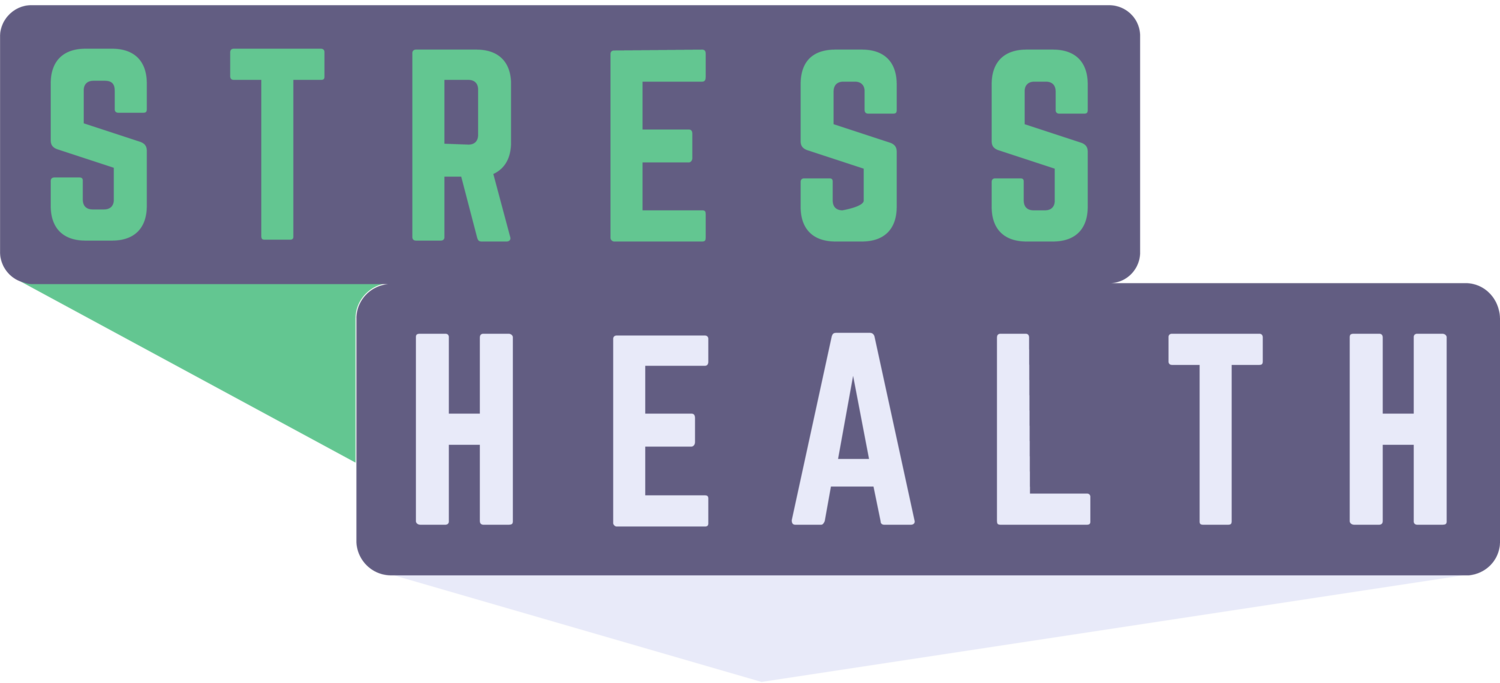Mindfulness
What exactly is mindfulness? It’s best understood in the example of eating an apple. Mindfully eating an apple would be paying attention to the color of an apple before you take a bite, and paying attention to the smell, texture and taste of the apple as you’re eating it, perhaps even how many times you chew before swallowing. Mindfulness can be especially useful for children who have experienced adverse childhood experiences (ACEs).
Children exposed to ACEs may have more difficulty with impulse control when faced with stressful situations. Mindfulness exercises can really help.Mindful parenting can help improve your child’s behavior and build their resilience. Here’s a quick mindfulness exercise to incorporate into your own day, and one to work on with your kids:
How to self-regulate when facing a challenging situation:
1. Stop
Ask yourself: What am I feeling right now?
2. Take a Breath
Ask yourself: “Am I breathing too fast right now or holding my breath? Can I take a deep breath?”
3. Observe
Ask yourself: “What else am I feeling in my body? What are my thoughts right now?”
4. Proceed
Ask yourself: “Am I OK with what happens next if I ____?” Decide to respond in a way that works best for you.
How to teach your kids to self-regulate:
When you notice your child is upset, ask, “How are you feeling?”
1. Listen to what they are saying and help them name their feelings.
EXAMPLE: “I hear that you wanted to go out in the street and get that ball. It sounds like you are really angry that I didn’t let you go in the street to get it.
2. Acknowledge how hard it is being a kid.
EXAMPLE: “I know it’s hard being 3 years old and not being able to do everything you want to do.”
3. Help them examine consequences, e.g. “If you do_________ then_________ can happen.”
EXAMPLE: “If you run out into the street by yourself, you might get hit by a car and that would really hurt you and I would be sad that you were hurt.”
4. Offer them an alternative.
EXAMPLE: “How about we go get that ball together? You can hold my hand and we’ll look for cars before we go on the street so we don’t get hurt.”
These exercises will help you and your kids respond rather than react to stressful situations—always a good thing!
Belly breathing is another simple mindfulness strategy you can teach your children and use to relax yourself as well:
Have your child sit or lie down.
Have your child place one hand over the belly, the other hand over the chest.
Model how to inhale through the nose and feel the belly push out.
Exhale through the mouth and feel the belly pull in.
Continue modeling this deep breathing until your child understands.
Repeat three to five times.
Make it fun by pretending to blow out a candle or that you’re blowing up a balloon as they inhale and exhale. You can also have your child hold a stuffed animal on his belly and watch it move up and down while they breathe deeply. These “breathing buddies” can help children see and feel what deep breathing looks like, so that both their brains and bodies remember. If children get used to belly breathing at a young age, they may carry this healthy ritual into the rest of their lives.
Mindfulness Rx
How does mindfulness work? According to neuroscientists studying the strategy, practicing mindfulness appears to reduce activity in the parts of the brain called the amygdala and the prefrontal cortex. This helps people react less intensely to stressors and to bounce back more easily from stress when they experience it. There’s also some research suggesting meditation may reduce the inflammatory response in people exposed to psychological stress.
Ongoing research suggests kids can benefit from a mindful approach. A 2015 study in Canada found that 4th and 5th graders had greater emotional control and lower levels of stress hormones after going through a mindfulness program. In 2018, researchers in the Netherlands announced a plan to test mindfulness with a group of children with attention deficit hyperactivity disorder.
A few minutes a day
Take a few minutes for mindfulness every day to improve your and your child’s physical and emotional health. It is easier to be mindful in your everyday life when you try it regularly. The more you do it, the faster it becomes a habit, and the more easily your stress response goes down. A little mindfulness can go a long way.
Khoury B, Sharma M, Rush SE, et al. Mindfulness-based stress reduction for healthy individuals: A meta-analysis. J Psychosom Res. 2015;78(6):519-528.
Murray, DW, Rosanbalm, K, Christopoulos, C. Self-Regulation and Toxic Stress Report 4: Implications for Programs and Practice. OPRE Report # 2016-97, Washington, DC: Office of Planning, Research and Evaluation, Administration for Children and Families, U.S. Department of Health and Human Services.
American Academy of Pediatrics. Just Breathe: The Importance of Meditation Breaks for Kids. https://www.healthychildren.org/English/healthy-living/emotional-wellness/Pages/Just-Breathe-The-Importance-of-Meditation-Breaks-for-Kids.aspx. Accessed January 25, 2018.
The National Child Traumatic Stress Network. Symptoms and Behaviors Associated with Exposure to Trauma. http://www.nctsn.org/trauma-types/early-childhood-trauma/Symptoms-and-Behaviors-Associated-with-Exposure-to-Trauma Accessed February 24, 2018.
Centers for Disease Control and Prevention. Essentials for childhood: steps to create safe, stable, nurturing relationships and environments. National Center for Injury Prevention and Control: Atlanta, GA, 2014.








